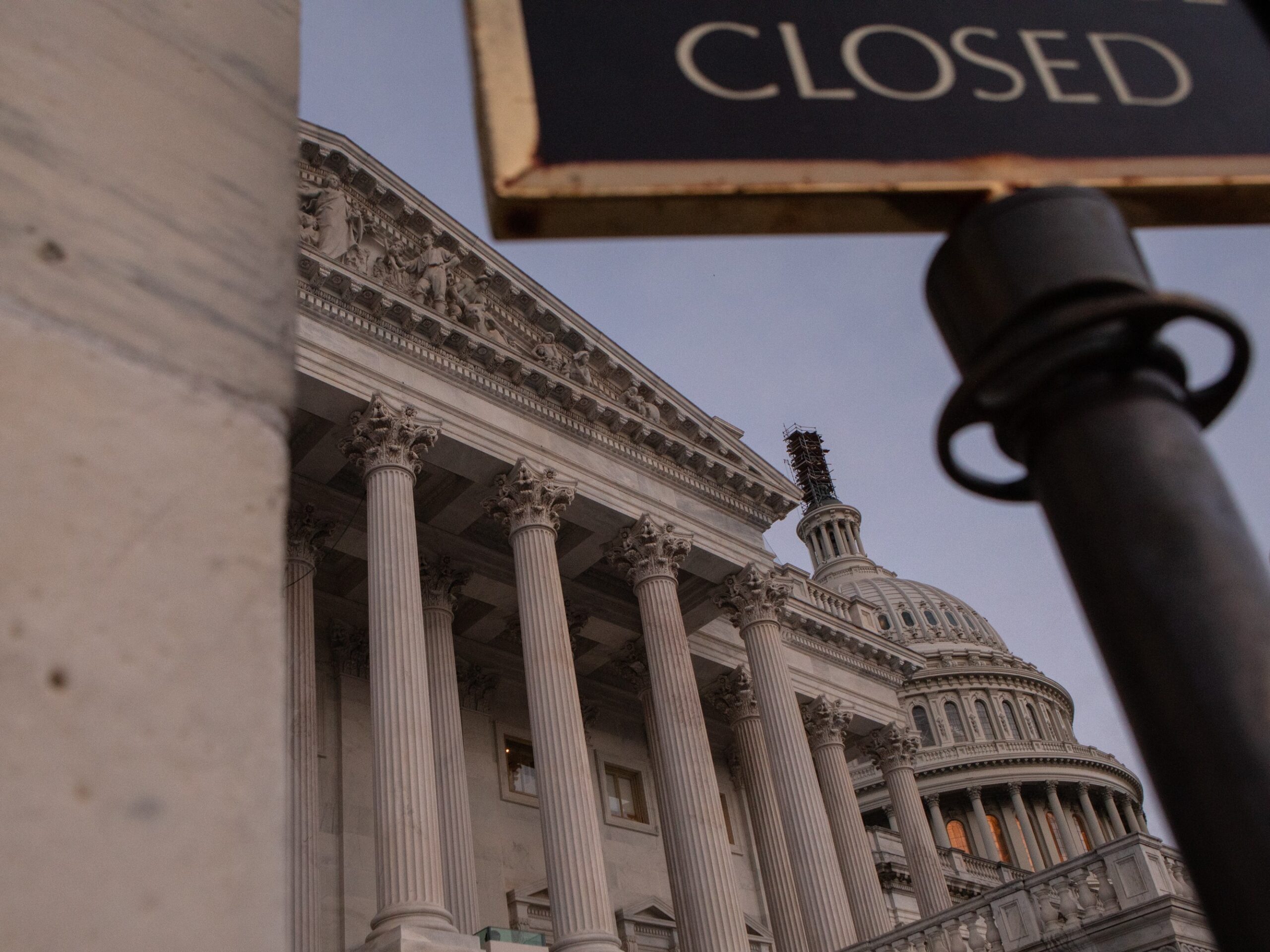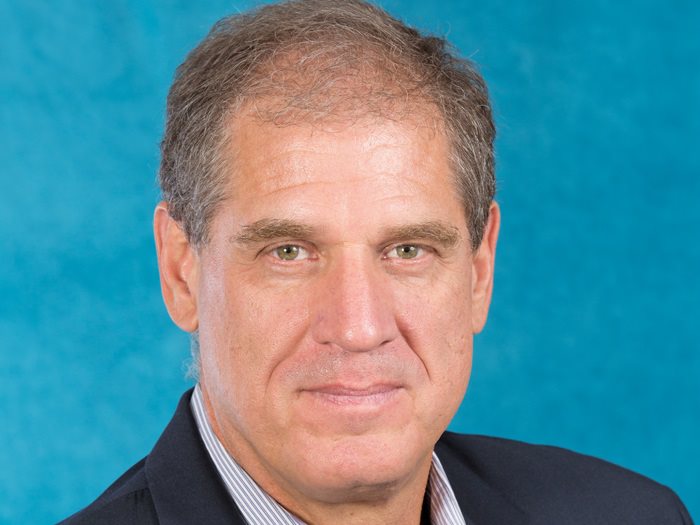6 Questions with CFC’s George Beattie on Insuring the Carbon Credit Market

At the recent CFC Summit in Toronto, Risk & Insurance® sat down with George Beattie, head of innovation at CFC, to discuss the London-based insurer’s latest offerings.
Foremost among the topics we covered were the ways pre-sold carbon offsets can help organization meet their ESG goals, but can also expose them to the loss when those credits turn out to be fraudulent, are cancelled or underperform — and how CFC’s latest insurance solution can mitigate the risks of non-delivery.
Below is a transcript of our conversation, edited for length and clarity.
Risk & Insurance: How is the insurance market responding to climate change? What challenges and opportunities are you seeing from the business owner and broker side?
George Beattie: The main challenge is data scarcity, especially for novel areas like battery energy storage and hydrogen. Although perfect information is never available in innovation, the industry has struggled to take the necessary leaps of faith.
Where innovation is occurring, it involves understanding the available data and engaging with novel companies to build trust. This allows insurers to understand how these companies view risk and determine the right price for transferring that risk.
Brokers face a difficult situation when there are no products to sell for innovative areas. They want to have meaningful conversations with clients but struggle without risk transfer solutions in their tool kit. Brokers have been trying to help insurers develop products that address these needs.
However, insurers must carefully triage the problems they focus on, considering the scalability of potential solutions. Only a handful of visionary participants are truly moving the needle, while others will be fast followers once the trail has been blazed and the mysterious aspects fade. This inflection point typically occurs after a few years of underwriting data proves product-market fit and generates good publicity.
R&I: Do you have any specific products in mind?
GB: One area we want to investigate is climate transition technology failure, specifically the question of warranties around how this technology works. Companies selling this technology offer warranties in their contracts, some of which can be very punishing and painful. These warranties can extract significant value from the contract and the business.
If we can understand how and when this technology fails and the protocol for addressing it, we can offer sensible warranty-type products to wrap around the technology and make their money go further. This is similar to what we do with carbon, where we essentially try to de-risk transactions so that participants’ money goes further.
However, getting into this space is challenging because it involves highly technical information that is difficult to access, and the values at risk are substantial. For example, with solar panels, understanding average lifetime failure and solar attenuation is crucial. Without visibility into the underlying risk, it’s nearly impossible to underwrite effectively.
As always, we seek partners who can lift the curtain and provide access to the necessary data to build these products. With data, almost anything is possible, but obtaining that data is often 99% of the problem.
R&I: What other opportunities do you see for insurers to contribute to the climate transition and address the challenges it presents?
GB: To effectively address the climate transition, we must employ a multi-faceted approach that leverages various tools simultaneously. This includes harnessing technology and market instruments like carbon markets, which can help modify how people perceive emissions and link the pursuit of profit with the protection of natural assets.
The insurance industry has long struggled to find its role in climate transition, often focusing on existing products that, while valuable, don’t fully address the issue. However, there are significant opportunities like carbon credits, which are poised for explosive growth due to increasing regulation and worsening climate disasters.
At CFC, we’ve made two long-term bets: the increasing dynamism of technology risk and the certainty of climate risk. We’ve positioned ourselves as early movers in the carbon market, offering a range of products and capacity, and a willingness to engage that has garnered tremendous market feedback.
Our approach is pragmatic and humble, acknowledging that we don’t know everything but are eager to learn from practitioners. We’re leveraging our existing knowledge in areas like political risk, property and credit risk, and weaving them together to create innovative, net-new products that add value.
While there’s no “low-hanging fruit” in carbon market insurance, by focusing on areas where data exists, we can get to market faster. In just 12 months, we’ve gone from writing our first position paper on carbon to having four market-leading product variants live and trading confidently.
R&I: Does the insurance industry play a role in validating the worthiness of carbon credits? How will it support the growth of carbon offset projects as we progress toward our 2050 climate goals?
GB: The insurance industry can help eliminate greenwashing scandals by pragmatically assessing what makes a good carbon offset project. A high-quality project requires excellent people running it, sound science and empirical data demonstrating that it is sequestering the amount of carbon claimed.
Of the approximately 30,000 nature-based projects we’ve reviewed globally, only a small fraction meet our standards for providing insurance. We carefully underwrite investment into these projects against risks like project failure and criminal fraud by the developer. Our role is not to rubber-stamp projects but to encourage buyers to conduct their own due diligence and ensure the projects align with their ethics, standards and strategy.
Our product is straightforward: If the buyer doesn’t receive the credits they paid for due to a covered risk, we refund the lost portion of their investment. The insurance market is now stepping into the role that stakeholders have long hoped for, and the demand for our services has been substantial.
We don’t aim to be in a position where we’re verifying the value of the credits. Instead, we let market forces of supply and demand define the price. We take the price as being no more and no less than what the insured is willing to pay. We don’t necessarily appraise whether that’s reasonable, but we do verify that a ton of carbon is really a ton. What people pay for it is a consequence of demand, which we don’t have to worry about.
R&I: What risks do you see growing in prominence, and where do you see opportunity for new insurance products in the coming years?
GB: We have a very high bar for developing new products because we’re looking for great ideas, not just good ones. We say no to most of what we look at, and we put significant work into product-market fit at an early stage.
What keeps us up at night is launching products that insurance people love but no one wants to buy. It’s easy to get wrapped up in our industry’s cleverness around data and end up with a chain of “if onlys” — but the reality is, insurance is a difficult product to sell. If it’s not compulsory, the need has to be blindingly obvious to the target market with little room for education in order to scale.
Cyber insurance succeeded because cyber events are so pervasive that the need for education reduces over time. We’re always looking for products that have the potential to be the next cyber, with specialized teams focused on it.
Carbon is one area we’re taking a long and deep bet on, similar to cyber in 1999. While risky, we believe it’s the right direction.
AI is another area gathering market interest, though I’m cynical about the need for entirely new AI products versus updating existing ones. Most AI right now seems to be an accelerant to existing risks rather than presenting truly novel exposures.
We’ve built an AI diagnostic tool that allows our underwriters to assess different AI models and applications across industries. This allows them to go beyond just labeling something as “AI” and understand its nuances and potential liabilities. In time, this could develop into a robust underwriting approach as the market starts to see AI-specific losses they didn’t charge for — which I believe we may see in the next five to 10 years. But the key inflection point will be when AI companies struggle to get standard insurance coverages.
R&I: Anything else you’d like to share with our readers?
GB: Innovation in insurance is extremely challenging due to the industry’s focus on short-term financial targets. It requires a special company to provide the infrastructure and space necessary to try new approaches that deviate from industry norms.
The fact that the industry only caters to less than 2% of global GDP, according to Aon, highlights the lack of room for failure. We struggle to allow people the space to experiment with product-market fit and identify areas where we can add value.
The industry needs more teams like CFC’s innovation team. I don’t see enough competition in the innovation space currently, which is disappointing, because we can’t drive change alone. For example, developing a carbon market requires multiple competitors with expertise to make it successful.
A rising tide raises all ships, and we need that dynamic in new areas. As more companies recognize the value of storytelling, I expect to see an increase in innovation teams. This will lead to an exciting future for the industry, where innovation becomes more common. &










